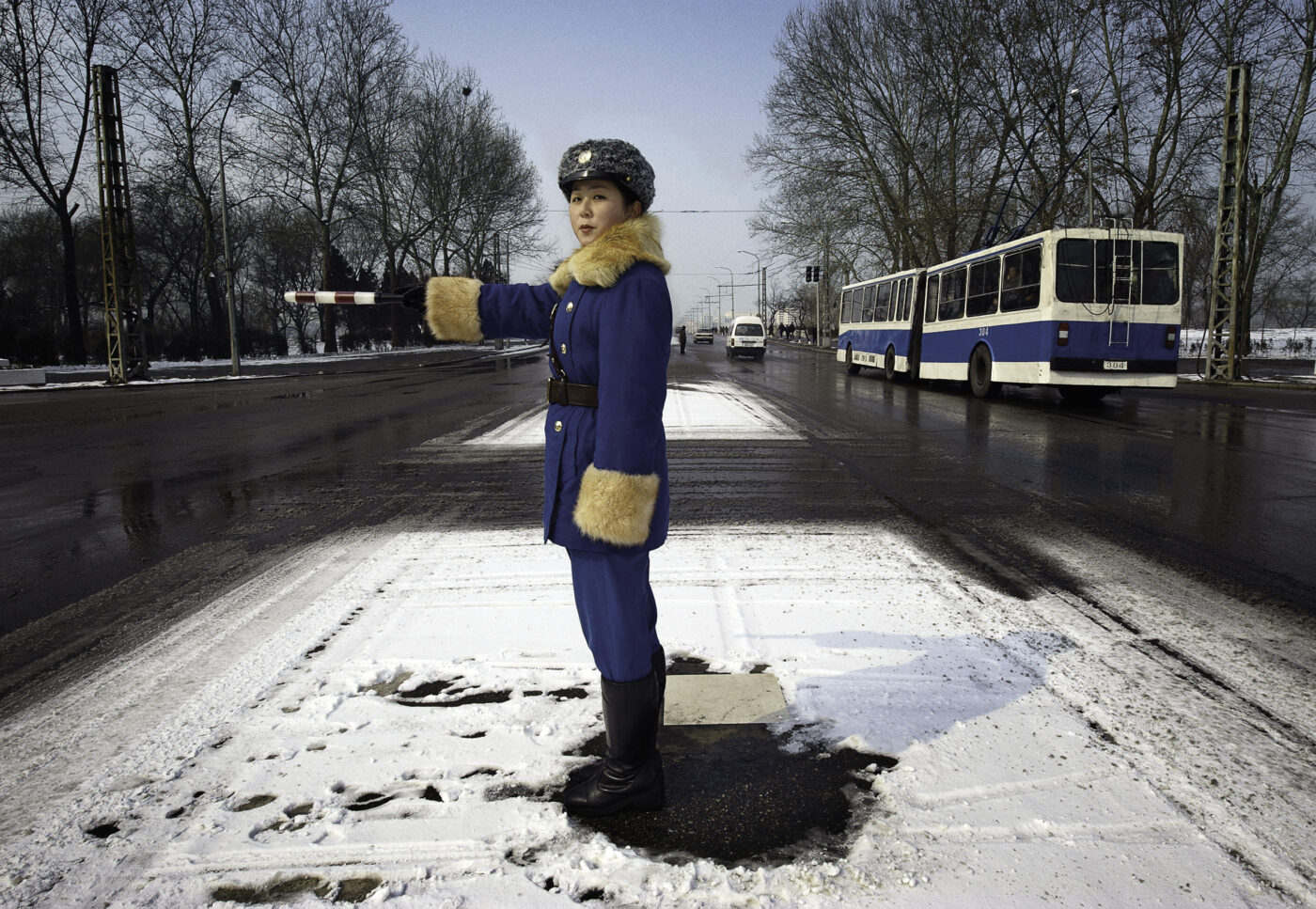PORTFOLIO
Mark Edward Harris is one of the world’s best photographers, has been to over 100 countries and has an extraordinary body of work. Here’s some of it
This is a new series where we look at the work of some of the world’s best travel photographers
Mark Edward Harris doesn’t remember the first photograph he took, but does remember the first time he saw a photograph begin to appear in the developer, in an extension class at California State University, Northridge where he was studying. He was “enthralled by the magic of it” — and it set him on his phenomenal journey. Subsequently, he has seen a multitude of the nooks and crannies on this wide Earth, and recorded not just the beauty but the humanity, including the ugly side, of our world.
Mark has the gifted eye. Maybe we’d all see what he sees if we were standing next to him, but he captures it. He defines not just the moment but the culture. His photographs have a gentleness, an undisturbedness to them, the softness of the respectful observer. Whatever pathos there is in the moment, his photos paint it, and the moment is immortalized.
He has, of course, won a plethora of awards for his photos and books, ranging from a CLIO for his advertising photography, Aurora and ACE awards for directing commercials and videos, and a Sports Photographer of the Year award for his photojournalism of the Tokyo Olympics in 2020. His pictures hang in museums around the world, including the Los Angeles Museum of Art and the Museum of Photographic Arts, and the Shanghai National Library.
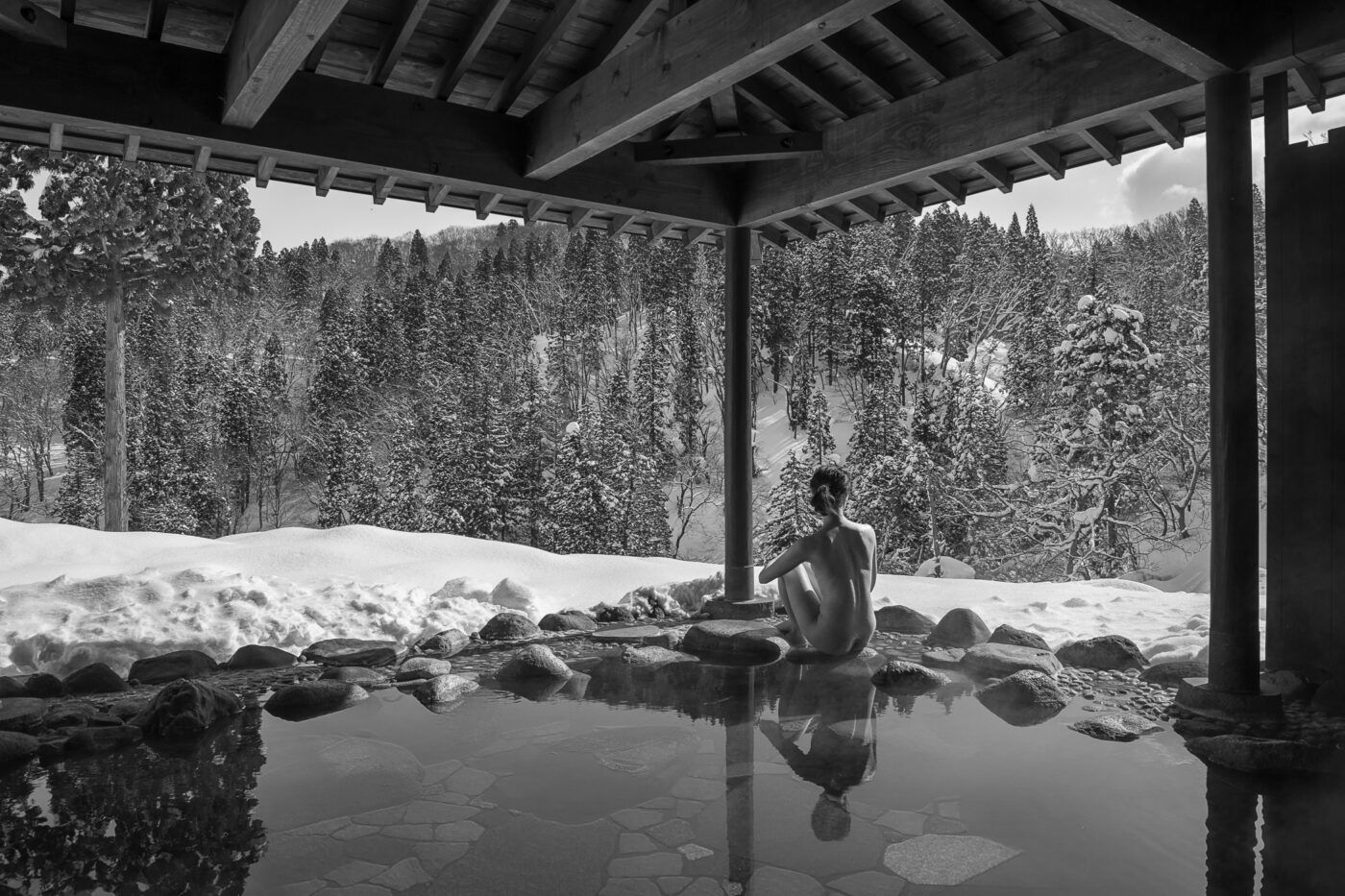
This all started humbly enough — after university Mark got a job doing still photos for the Merv Griffin talk show. When the show’s run eventually ended, Mark took a four month trip around Asia, and the pictures he took there launched him into a career where he has been assigned and published by the world’s leading publications, although, ironically, most of his work has come from personal projects, his own ideas and adventures.
“I learned that approach early on from a conversation with the late, great Magnum Photos photographer Eve Arnold, when she was telling me about her project that resulted in her book In China. She said that having a long-term personal project gave her life more continuity. Freelancers are all too often either overwhelmed by work or waiting around for the phone to ring.”
And you may already be familiar with him closer to (this) home, from this piece with Shannon Stowell for us! https://wonderlusttravel.com/iraqi-kurdistan-way-off-the-beaten-path/
I interviewed Mark at the end of 2023.
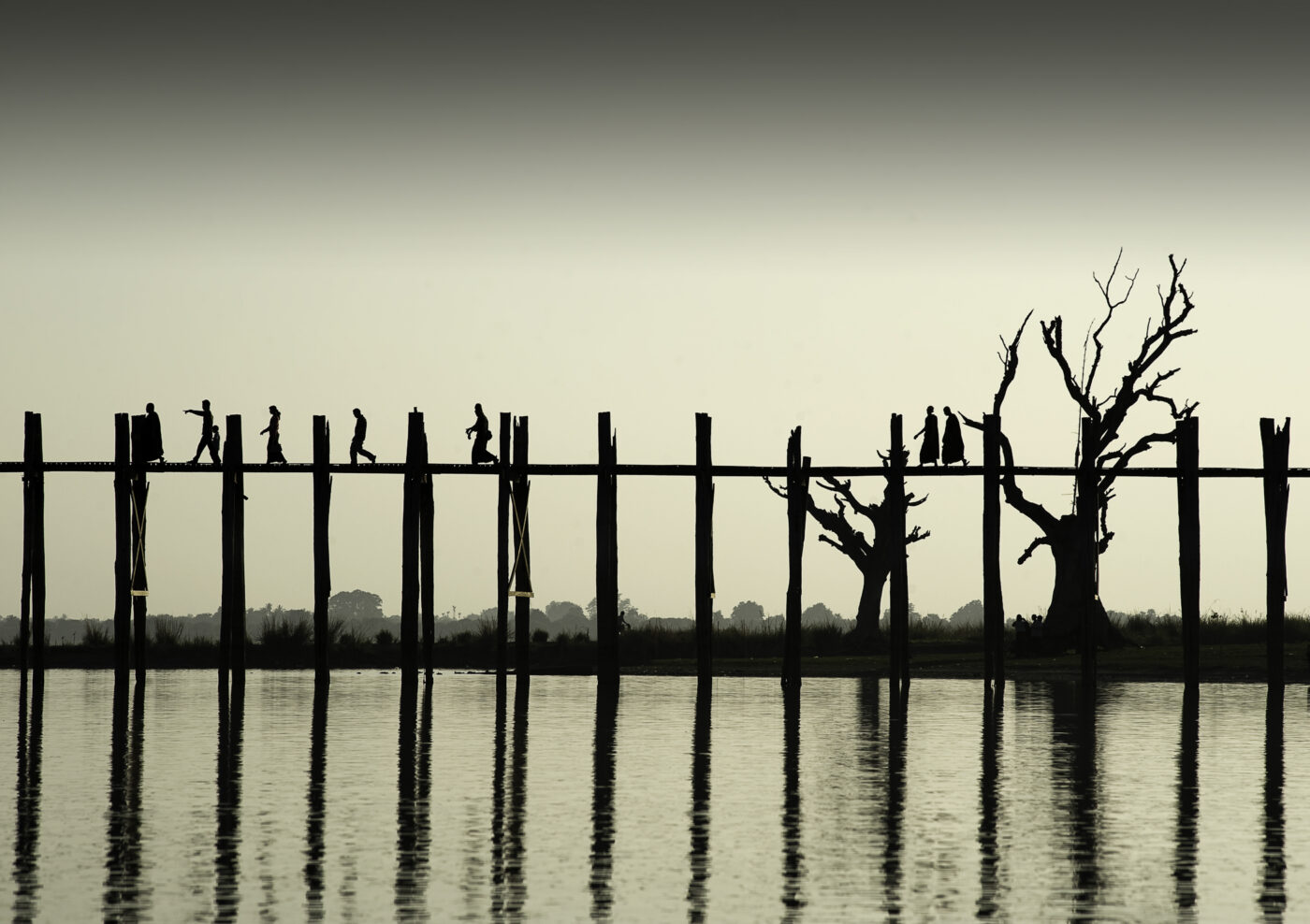

How conscious was your ambition to be a photographer?
Photography came out of a love of travel and freezing moments in time. I’m amazed by the camera’s ability to stop time. Even though I am well-versed in the history of photography, which dates back two centuries, I’m still mesmerized by the magic of it.
You’ve been to over 100 countries — how is that even possible?
A number of those countries I’ve been to many times. When it comes to building a serious photographic body of work, it’s not good to be a country counter, it’s better to do a deep dive into a country. I’ve been to North Korea 10 times and have focused on daily life in a country that’s nicknamed “The Hermit Kingdom.” In reality, the whole peninsula was originally the “Hermit Kingdom.” They closed their borders after seeing what happened to China during the 19th century opium wars there.
My Bachelor’s degree in History, and my Masters in Pictorial/Documentary History, a degree I created, definitely has an influence in the stories I pursue. My book, North Korea, which was Photography Book of the Year at the International Photography Awards, is one of the results of my work there. As for Japan, I’ve probably been there 40 times. The hot springs of Japan have been my main focus with three award-winning editions of a book, The Way of the Japanese Bath. But I’ve done other major stories such as documenting the aftermath of the 2011 Tohoku tsunami and its recovery for the last 12 years, and the 2020 Tokyo Olympics and Paralympics.
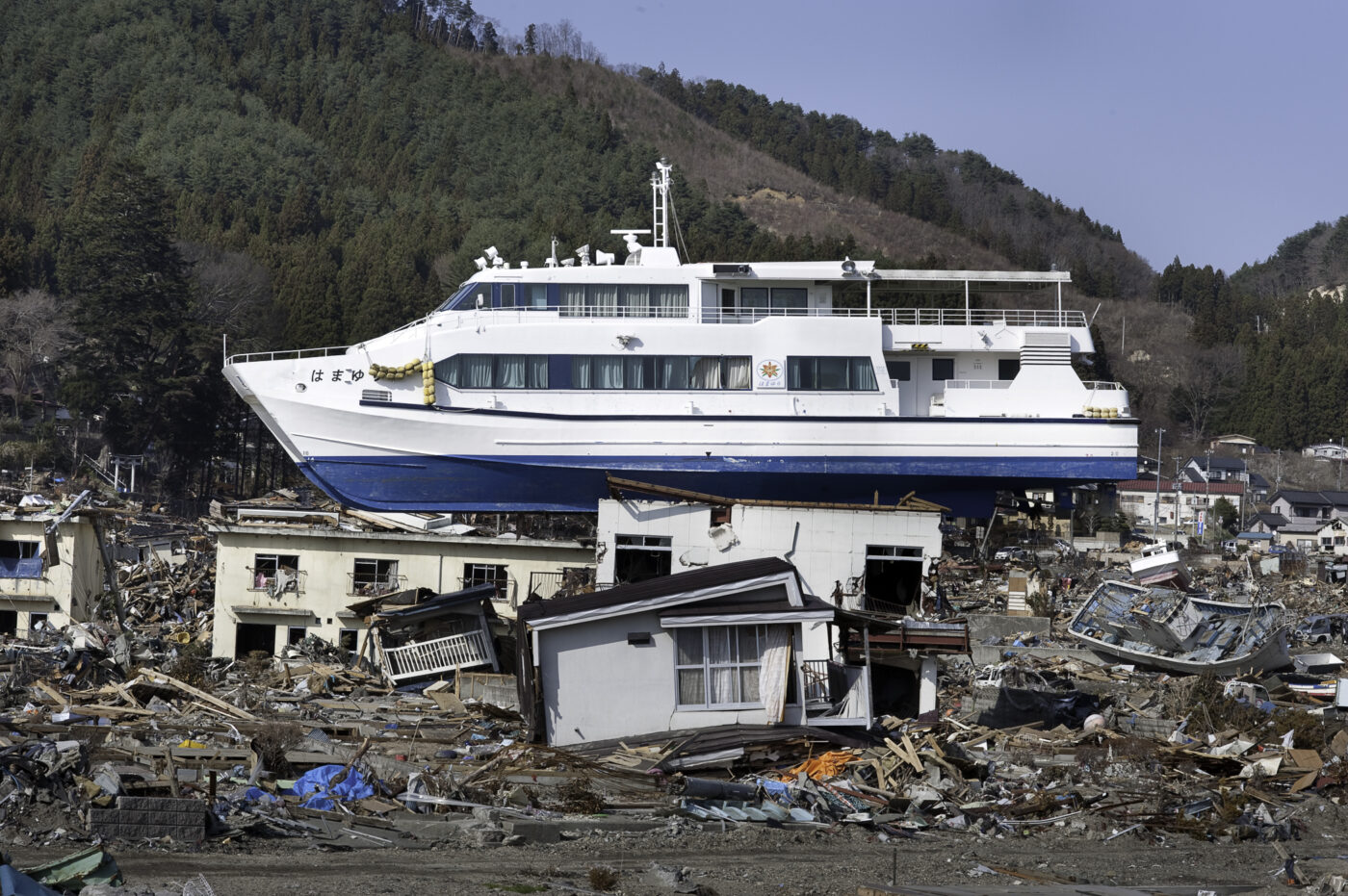
What is your favorite country you’ve been to, and why?
If I could only pick one, I would say Japan. I love the culture, the art and the discipline of the people. The natural beauty is breathtaking. I speak conversational Japanese.
What most surprised you, took your breath away?
Being in a hot spring in mid-winter and doing yukimi – snow-gazing – is a pretty surreal experience. On occasion I’ll do yukimizaki – drinking sake while snow-gazing. I had that experience with my friend, Pulitzer Prize-winning photographer Nick Ut and some first responders we met there when we were doing a post-tsunami story in Fukushima.
Where was the most difficult place to photograph and why?
Photographing in North Korea is always an effort.
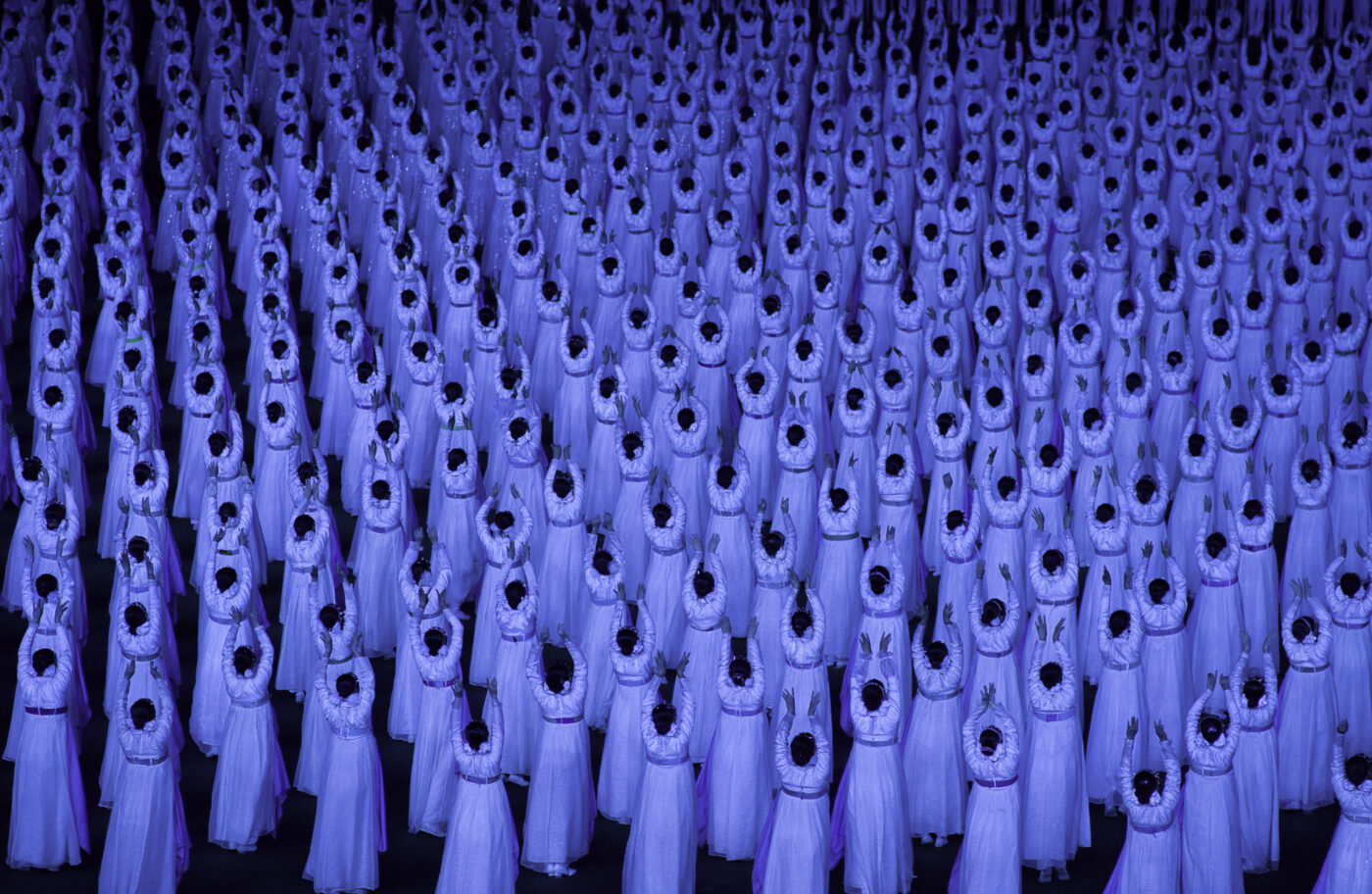

Where did you feel you were in danger?
Probably photographing in Vovchansk in Ukraine a kilometer from the Russian border during the war was pretty dicey. I was documenting animal rescue workers putting their lives on the line to save pets that had been abandoned. Lots of Russian shells were coming in but I went into the situation with a kind of fatalistic approach.
There have been other situations, being interrogated in Iran in a town called Khorramshahr and brought in for questioning in North Korea could have become big issues but I’m still here. In North Korea it was because I was in the northeast corner of the country and had forgotten to get a Russian visa. I had planned to exit the DPRK into Russia so I had nowhere to go. After three days the North Koreans drove me to the border with China and I walked across a bridge and that was the end of that.

Probably the scariest situation was being on the 16th floor of a hotel in Sendai to cover the aftermath of the Tohoku tsunami when we had a 7.1 earthquake that seemed to last forever. We were then ordered to evacuate the property which was great. I was much happier sleeping under the stars in a parking lot for the rest of the night.
Where have you felt the most warmth towards you? Who are the most special people you’ve met, been among?

Most people around the world are welcoming. I was just in West Papua with people in the Asmat region that welcomed us into their village. Iranians are among the most hospitable people on earth. In Vietnam you’re constantly met with smiling faces. That said, I find that religion and politics are often divisive, separating people into groups and we revert back to our tribal days. That’s one of the things I love about covering the Olympics and Paralympic, the comradery between athletes of different countries is fantastic.
What is the saddest place you’ve been?
Great question. I was in Serbia after the war and there was still a lot of friction with Croatia. That was very sad but visiting places like the killing fields in Cambodia or Dachau outside of Munich put you face to face with how horrible people can treat each other.
Do you work alone most of the time?
Most of the time I’m on my own which is not necessarily what I signed up for. I am a very social person but that doesn’t always fit with my assignments or personal projects. The ideal situation is for me to team up with a great crew or a writer for a project, like my illustrating a feature written by Pico Iyer on the North Korean film industry for Vanity Fair, [working with] Tim Neville in Kurdish Iraq for The New York Times, and Drex Heikes for a feature on the Yangtze River and the impact of the Three Gorges Dam for The Los Angeles Times Magazine.
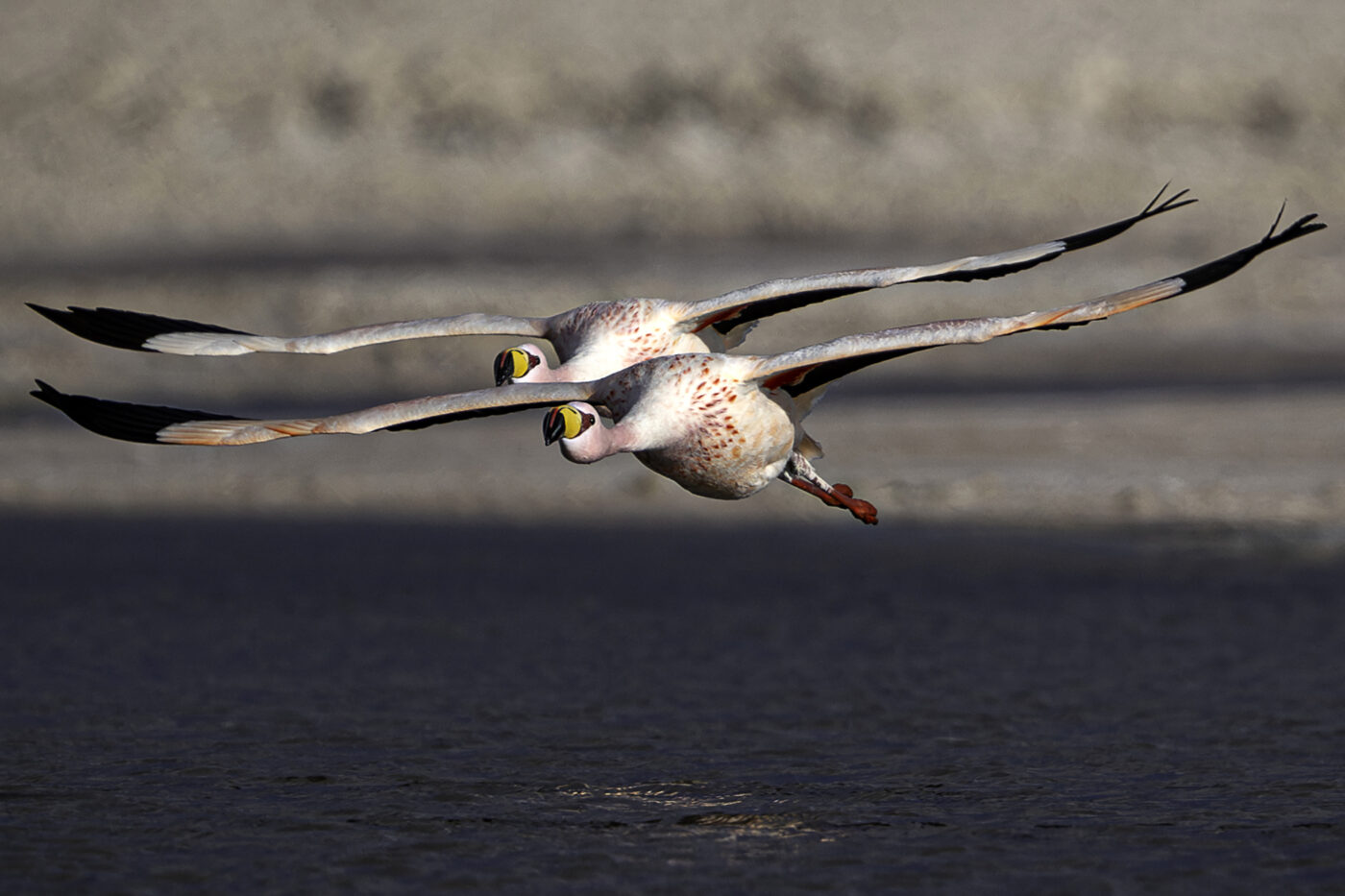
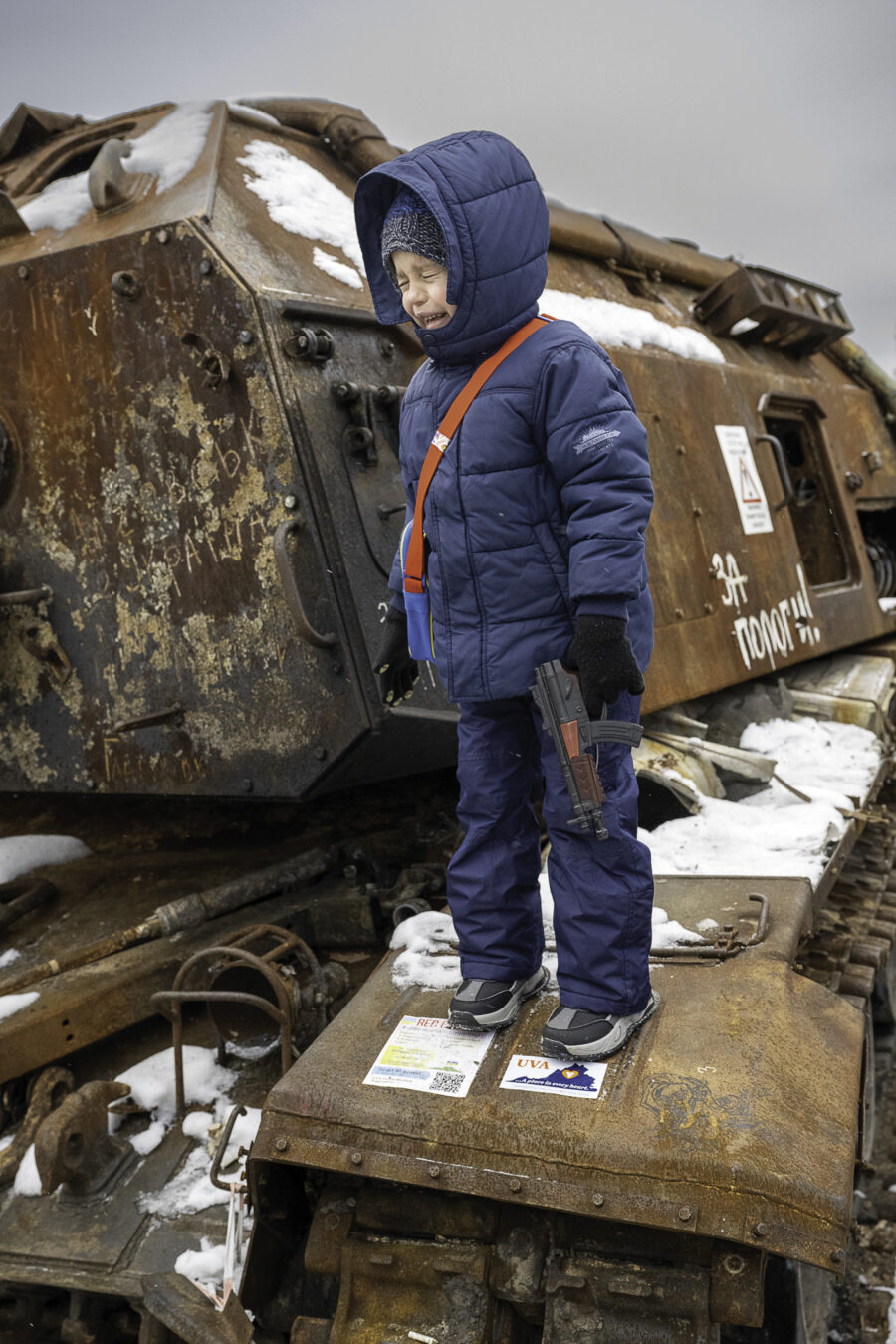
Do you have a photo that haunts you?
In Kyiv I photographed a young boy on a burned-out captured Russian tank that was on display. It was sad to see that he had a toy machine gun in his hand.
Maybe the shot of a Barbie Doll in Kharkiv is more disturbing because I have no idea what happened to the former owner of the doll. There are nothing but burned-out apartments in the background. The shot-up Feldman Ecopark on the outskirts of Kharkiv was a terrible thing to see and document.
You’ve been to a lot of places, so you’ve stayed in a lot of hotels. What are the most memorable ones, grand and simple?
I’ve been fortunate to stay in some of the greatest hotels on the planet but I don’t think anything can beat the total experience of staying at a Japanese ryokan. You step back in time and out of the modern world once you enter a ryokan. You take off your street shoes and slip into a pair of geta or zori, then head to your tatami room. You then slip out of your street clothes and into a yukata and head to the hot spring before a kaiseki dinner. Throughout Japan visitors can have this experience.
I think your photographs capture the character of a place, but what do you think your photographs do? What do you strive to achieve in a photograph?
I appreciate you saying that Bob. I don’t know if I really set out to capture anything in particular other than trying to tell a story through a set of images but I do focus on daily life that shows the commonality of people. We live in a time where we are so divided.
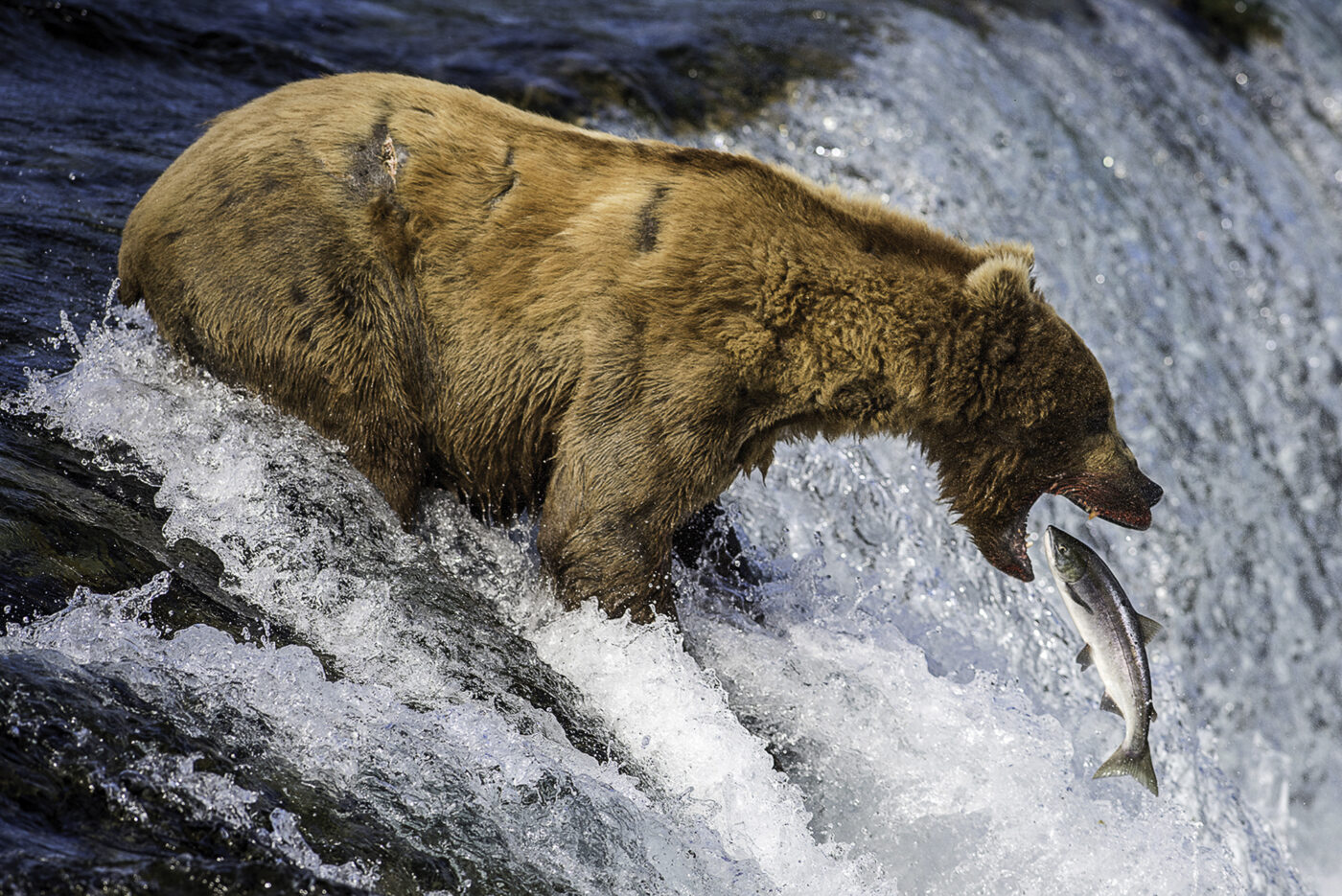
Photography is a pure form of journalism — not necessarily objective but I think being subjective is equally valid, equally true, which is not always the case with words. Of all the stories you’ve done and all the narratives you have witnessed, what ones need more telling?
It’s not the most exciting but perhaps it’s the most important: In the big picture we are much more similar than we are different.
I’m not sure we will get to this reality in time to save ourselves. I used to think we would but these days I’m not so sure. We all have our bias and photographers can be covering the same story and choose angles that help a narrative they have in mind. I do try to go into all situations with an empty cup — the Buddhist idea being that you can’t pour anything more into a full cup.
It’s important not to get sucked into a confirmation bias to photography, especially when you’re covering hard news stories.
It’s said that a photograph doesn’t lie — but can it? I’m not talking about a manipulated one.
They can misrepresent a situation, but if there’s no set up for the shot and no manipulation in post, the scene before the lens is reality.

You can follow Mark (left, in the Himalayas — of course he is…) — and you’ll want to — on Instagram: @MarkEdwardHarrisPhoto
And check out his amazing site: https://www.markedwardharris.com/






